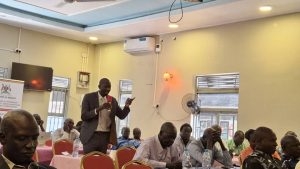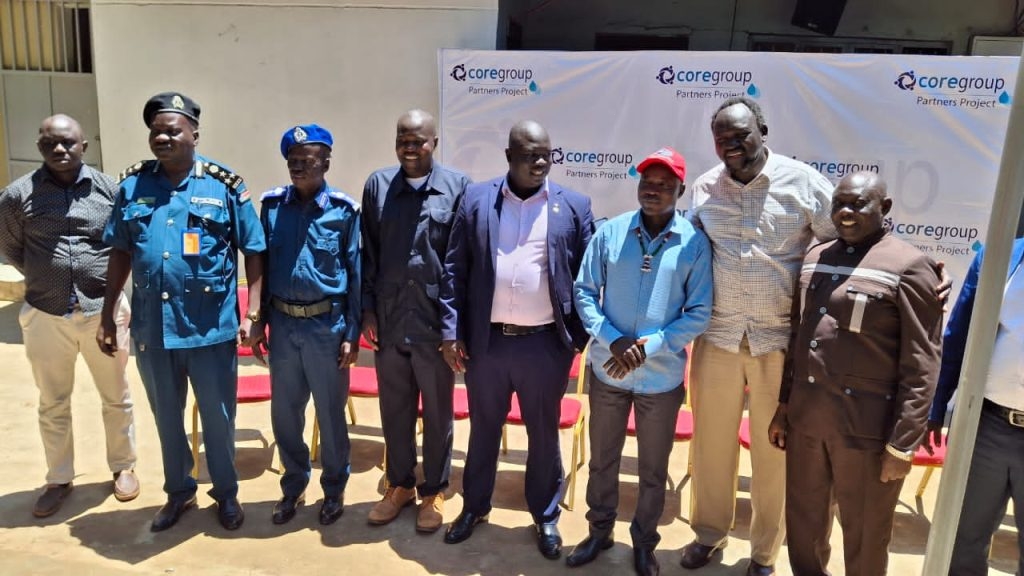By Temiteo Okwakol
In a bid to strengthen collaboration, coordination, and communication between Uganda and South Sudan, a crucial meeting was held in Nimule, Southern Sudan. Organized by the Ministry of Health South Sudan, this engagement brought together multiple stakeholders, including the World Health Organization (WHO), to address the recent outbreak of Mpox.

Mpox, also known as Monkeypox, is a viral zoonotic disease primarily found in Central and West Africa. It is similar to smallpox but generally less severe. Mpox is transmitted to humans through close contact with an infected person, animal, or contaminated materials. Symptoms include fever, rash, swollen lymph nodes, and, in severe cases, respiratory complications. Given the WHO’s recent announcement of an outbreak, this meeting was timely and essential.

Uganda was represented by Lamwo’s Resident District Commissioner, Osborn Oceng Geoffrey, who emphasized the importance of cross-border collaboration in disease surveillance and reporting. Discussions centered on effective strategies to manage and eventually eradicate Mpox. Key safety measures discussed included:
1. Strengthening Surveillance Systems:Enhancing real-time disease monitoring across borders to ensure prompt detection and reporting.
2. Public Awareness Campaigns: Educating communities on the symptoms of Mpox and preventive measures to reduce the risk of transmission.

3. Vaccination Drives: Coordinating efforts to vaccinate at-risk populations, especially in high-transmission areas.
4. Quarantine and Isolation Protocols:Implementing strict isolation measures for infected individuals and monitoring contacts to prevent further spread.

This meeting underscores the commitment of both Uganda and South Sudan to work together in safeguarding public health, with a shared goal of eradicating Mpox and preventing future outbreaks.


